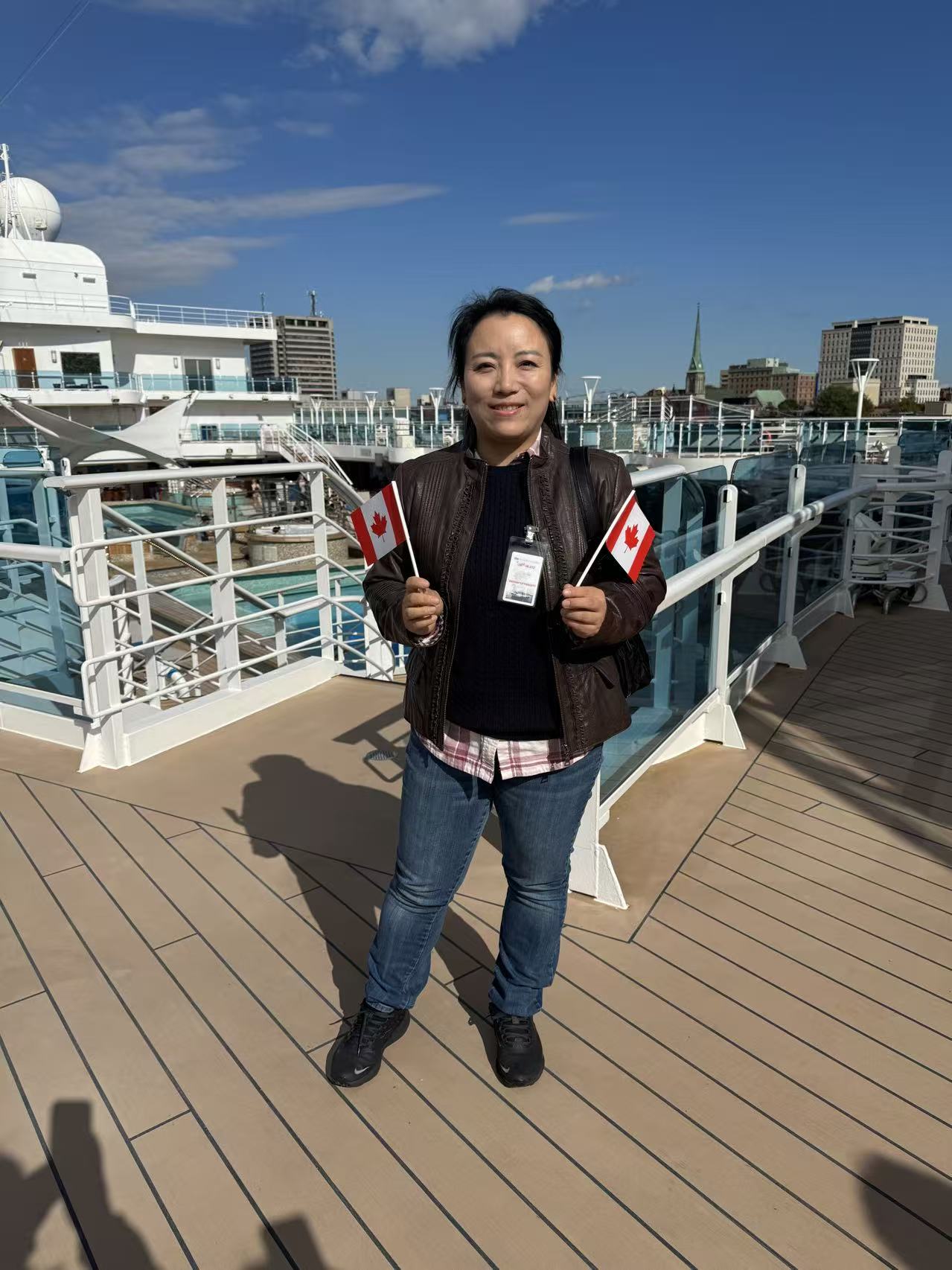Indigenous Roots
Saint John’s story stretches back thousands of years! Saint John is located on the ancestral lands of the Wolastoqiyik, Mi’kmaq, and Peskotomuhkati, and Saint John, known as Ouigoudi (Navy Island) in Wolastoqey, was an important seasonal gathering place and portage site long before European arrival. Indigenous peoples played a pivotal role in early trade, diplomacy, and alliances with French, British, and American powers who have lived here for thousands of years. You can learn more about the Indigenous Roots of Saint John on a guided walking tour with First Nations Storytellers.




